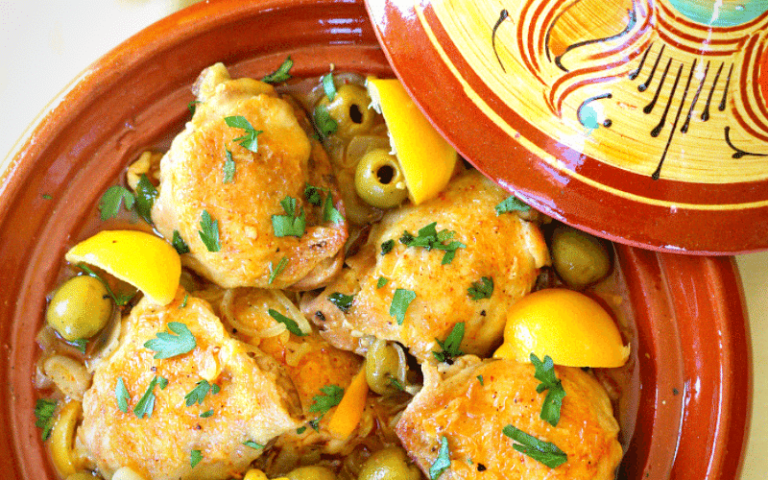Introduction: Moroccan Cuisine
Moroccan cuisine is widely considered to be one of the most diverse and flavorful in the world. Moroccans take pride in their traditional dishes, which are often characterized by a unique blend of spices and herbs, as well as the use of fresh, seasonal ingredients. Moroccan cuisine is also heavily influenced by the legacy of the country’s Berber, Arab, and Andalusian cultures.
History of Moroccan Cuisine
Moroccan cuisine has a rich history that dates back to the ancient Berber tribes who inhabited the region. Over time, the cuisine has been influenced by various cultures, including the Arabs, who introduced spices such as cinnamon, saffron, and ginger, and the Andalusians, who brought with them the art of pastry-making. Today, Moroccan cuisine is a fusion of traditional and modern influences, with dishes ranging from hearty stews to delicate pastries.
What is the National Dish of Morocco?
The national dish of Morocco is couscous, a savory dish made from steamed semolina grains that are typically served with meat and vegetables. While couscous is widely considered to be the national dish, Moroccans also place great importance on the tagine, a slow-cooked stew that is typically prepared in a conical clay pot of the same name.
Tagine: A Staple of Moroccan Cuisine
The tagine is a staple of Moroccan cuisine and is widely enjoyed throughout the country. The word “tagine” refers to both the dish and the pot in which it is cooked. The conical shape of the pot allows steam to rise to the top, condense, and drip back down into the stew, creating tender, flavorful meat and vegetables.
Ingredients and Preparation of Tagine
The ingredients used in tagine vary depending on the region and season, but typically include lamb, chicken, or beef, as well as onions, garlic, and a medley of spices such as cumin, coriander, and turmeric. The stew is often served with bread or couscous and is a favorite dish for special occasions and family gatherings.
To prepare tagine, the meat and vegetables are first browned in oil or butter and then simmered in a broth until tender. The dish is typically cooked over a low flame for several hours, allowing the flavors to meld together and develop into a rich, fragrant stew.
Conclusion: The Rich Flavors of Moroccan Cuisine
Moroccan cuisine is a testament to the country’s rich history and cultural diversity. From the national dish of couscous to the beloved tagine, Moroccan cuisine is a celebration of fresh ingredients, bold spices, and slow-cooked stews. Whether you’re exploring the winding streets of Marrakech or trying your hand at a homemade tagine, the flavors of Moroccan cuisine are sure to leave a lasting impression.

